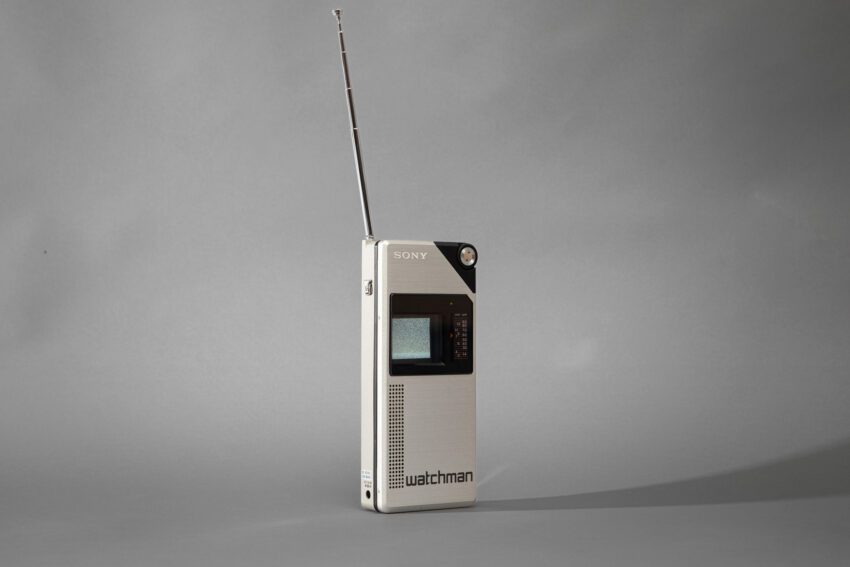
the sony watchman was must-see tv The Sony Watchman revolutionized the way people consumed television, marking a significant shift in the landscape of portable media devices.
the sony watchman was must-see tv
Introduction to the Sony Watchman
To fully appreciate the impact of the Sony Watchman, one must journey back to the early 1980s, a time when the concept of “television” was vastly different from today’s understanding. In 1982, when Sony launched the Watchman, television sets were typically large, cumbersome pieces of furniture, often made of wood and dominating living rooms. The idea of watching television on a portable device was not just novel; it was groundbreaking.
The Context of Television in the 1980s
During the early 1980s, television was primarily a communal experience. Families gathered around large screens to watch their favorite shows, which were often broadcast in a limited number of channels. The introduction of cable television had begun to expand viewing options, but the notion of personal, on-the-go viewing was still in its infancy. Sony recognized this gap in the market and sought to innovate.
The Birth of the Watchman
The Sony Watchman was introduced as a compact, portable television that allowed users to watch their favorite shows wherever they went. This device was a response to the growing demand for mobility in media consumption. The Watchman was not just a television; it was a cultural phenomenon that signaled a shift in how people interacted with media.
Design and Features
The Watchman was designed to be lightweight and portable, featuring a small screen that measured just 5 inches diagonally. It was equipped with a built-in antenna, allowing users to receive over-the-air broadcasts. The device was powered by batteries, making it ideal for outdoor use, travel, or simply moving from room to room within the home.
One of the standout features of the Watchman was its innovative design. The device was sleek and compact, a far cry from the bulky televisions of the time. It was available in various models, each offering different features, including color screens and improved reception capabilities.
Market Reception and Impact
Upon its release, the Sony Watchman garnered significant attention. It appealed to a wide range of consumers, from young adults seeking entertainment on the go to families looking for a secondary television option. The device’s portability made it particularly popular among sports fans who wanted to watch games while tailgating or camping.
Changing Viewing Habits
The introduction of the Watchman coincided with a broader trend toward personal media consumption. As more people began to embrace the idea of watching television outside the home, the Watchman played a crucial role in shaping these new viewing habits. It was one of the first devices to demonstrate that television could be enjoyed anywhere, not just in front of a traditional screen.
Technological Innovations
The Watchman was not just a marketing success; it also represented significant technological advancements. The device utilized LCD technology, which was relatively new at the time. This allowed for a thinner, lighter screen compared to traditional cathode-ray tube televisions. The Watchman also featured a rechargeable battery, which was a novel concept for portable televisions.
Legacy of the Sony Watchman
The legacy of the Sony Watchman extends far beyond its initial success. It paved the way for future portable media devices, including handheld gaming consoles, portable DVD players, and eventually, smartphones that combine various forms of media consumption into a single device.
Influence on Future Devices
In many ways, the Watchman can be seen as a precursor to the modern smartphone. Just as the Watchman allowed users to carry their television with them, smartphones have enabled users to carry an entire library of media in their pockets. The concept of mobile viewing has evolved, but the Watchman was one of the first devices to introduce this idea to the mainstream.
Cultural Impact
The Watchman also had a significant cultural impact. It became a symbol of the 1980s, representing a time when technology was rapidly advancing and changing the way people lived. The device was featured in various media, including movies and television shows, further solidifying its place in popular culture.
Challenges and Limitations
Despite its many successes, the Sony Watchman faced challenges. The small screen size, while innovative, limited the viewing experience. Additionally, the quality of reception could vary significantly depending on location, which was a common issue for portable televisions of that era. As technology advanced, consumers began to demand higher-quality displays and more reliable reception, leading to the decline of the Watchman in the market.
Market Evolution
As the 1990s approached, the market for portable televisions began to shift. The advent of new technologies, such as VHS and later DVD players, offered consumers alternative ways to enjoy video content on the go. Additionally, the rise of the internet and digital streaming services further transformed the media landscape, making traditional portable televisions less relevant.
Conclusion
The Sony Watchman was more than just a portable television; it was a revolutionary device that changed how people consumed media. By introducing the concept of mobile viewing, Sony not only captured the attention of consumers but also set the stage for the future of portable media devices. While the Watchman may no longer be a household name, its influence can still be felt in today’s technology, reminding us of the ever-evolving relationship between media and mobility.
Source: Original report
Was this helpful?
Last Modified: October 19, 2025 at 6:35 pm
3 views














